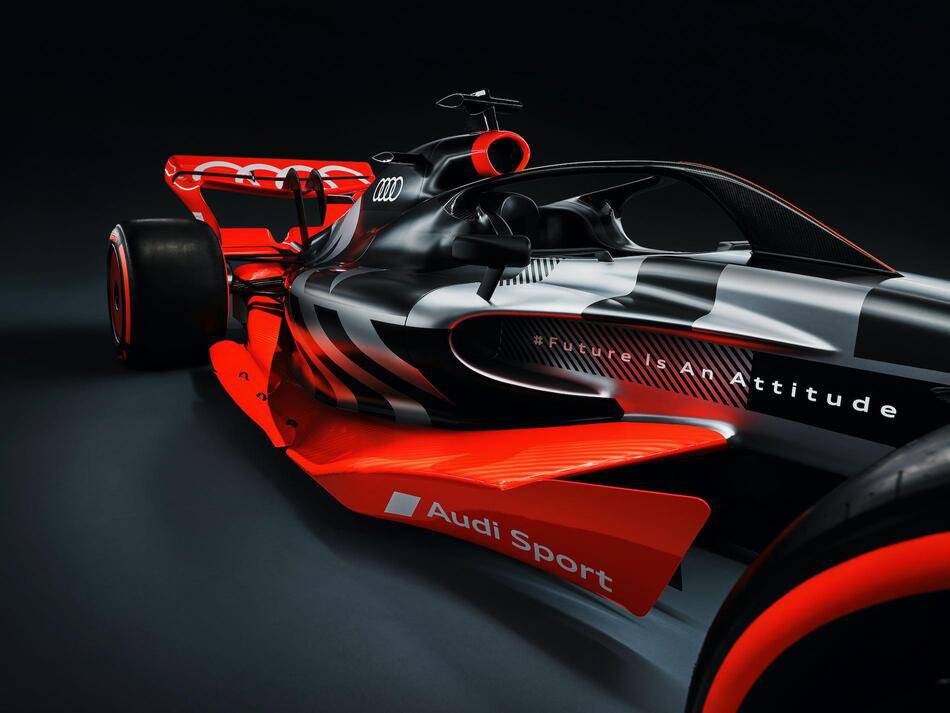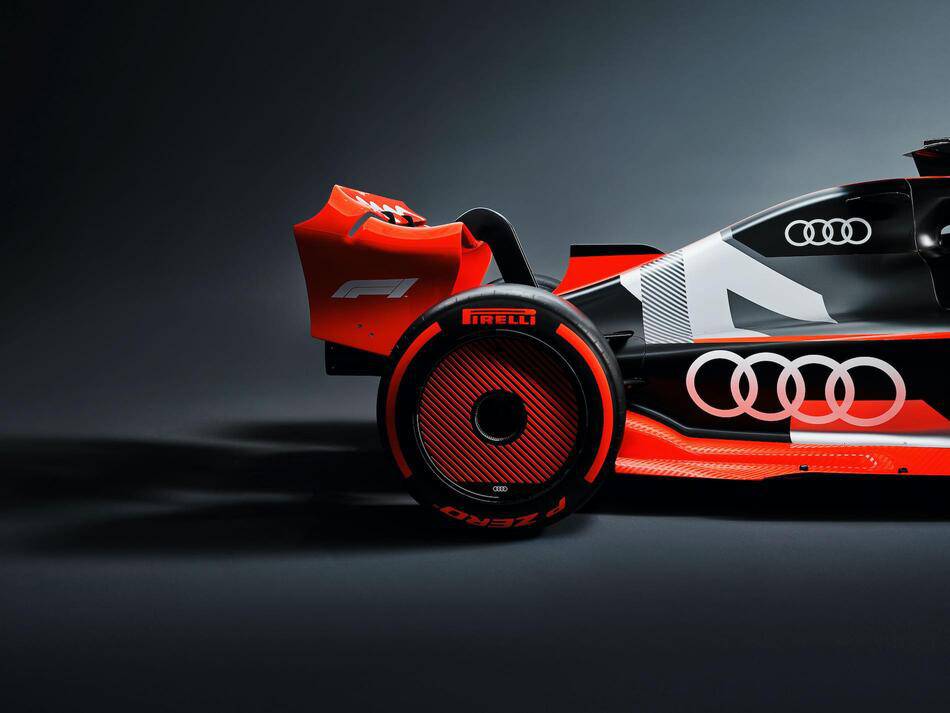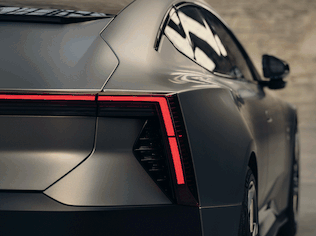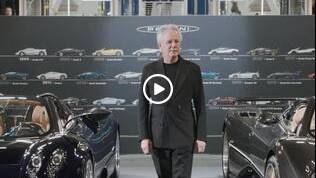Following the announcement of its Formula 1 entry at the end of August, Audi’s confirmation of its strategic partner marks the next milestone in the company’s entry into the premier class of motorsport.
With around 30 years of competitive experience, Sauber is one of the most renowned and traditional teams in Formula 1. While the power unit will be created at Audi’s Motorsport Competence Center in Neuburg an der Donau, Sauber will develop and manufacture the race car at its site in Hinwil (Switzerland). Sauber will also be responsible for planning and executing the race operations.

The expansion of the Neuburg facility is in full swing. The timetable up to the first race with Audi participation in the 2026 season is ambitious: The expansion of the Neuburg facility in terms of personnel, buildings and technical infrastructure should be largely in place in 2023.
The first tests with the power unit developed for the 2026 regulations in a Formula 1 test car are planned for 2025.
Formula 1 is taking a big step towards sustainability with the new regulations that will come into effect from 2026. This was an important prerequisite for Audi to decide to enter the championship. The power units will be more efficient than they are today, as the proportion of electric power will increase significantly. The electric drivetrain will then have nearly as much power as the internal combustion engine, which comes to 400 kW (544 hp). The highly efficient 1.6-liter turbocharged engines will be powered by sustainable synthetic fuel that is CO2-neutral (according to EU standards).
Formula 1 has also set itself the goal of being CO2-neutral as a racing series by 2030.

















